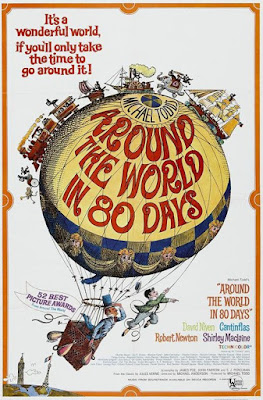With such unlikely films behind him as PINK PANTHER 2 (the regrettable sequel to Steve Martin’s regrettable PINK PANTHER) and a failed KARATE KID reboot, director Harald Zwart does a U-turn in this nearly adequate WWII survival thriller, a classic tru-tale of heroism on the run in Norway. Jan Baalsrud’s story has been told before*, but receives a larger, more traditional treatment here that feels (particularly in its English-language version) like a forgotten early ‘60s WWII adventure pic. Not necessarily a bad thing, but in this case, so over-loaded with story beats that its remarkable series of events & near misses don’t always ring true. 12 Norwegian partisans, snuck into Nazi-occupied Norway for sabotage ‘Ops’ are quickly captured, tortured & executed after a failed mission with only one getting away. Injured & on the run against Nazi troops, mountains & the frigid elements in trying to reach the Swedish border, the film sets up a sort of LES MIZ pursuit with Jonathan Rhys Meyers as a Gestapo Insp. Javert (morphing into over-cooked villainous mid-career Malcolm McDowell before our very eyes) and untested actor Thomas Gullestad’s Baalsrud (shedding weight and a toe or two before our very eyes.) And if you think the film won’t stoop to having Baalsrud ski right past Meyers, even have his hat handed back to him before realization sinks in . . . think again.) Barely released Stateside, the film has its adherents (it did very well in Norway!), but does go on a needless 45 minutes longer than the earlier, more straightforward Norwegian docudrama NI LIV (NINE LIVE)/’57.
DOUBLE-BILL/LINK: *Here’s a fine youtube stream of NI LIV, with English subtitles: https://www.youtube.com/watch?v=BVAlTIEkO3I





























